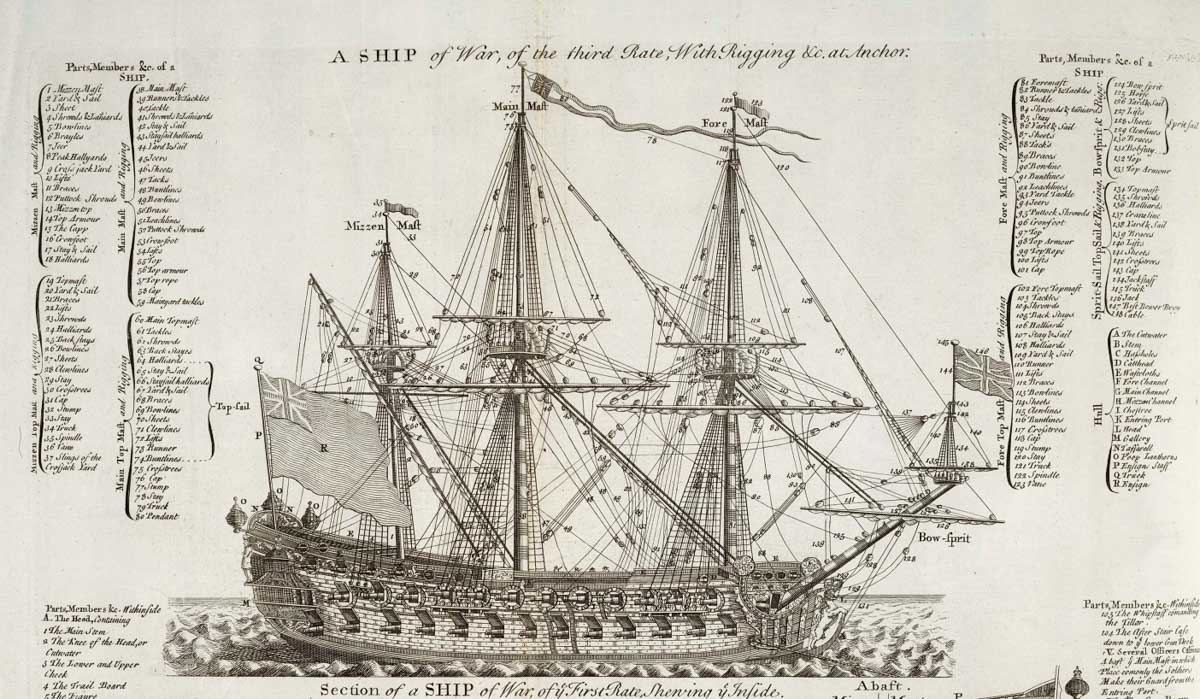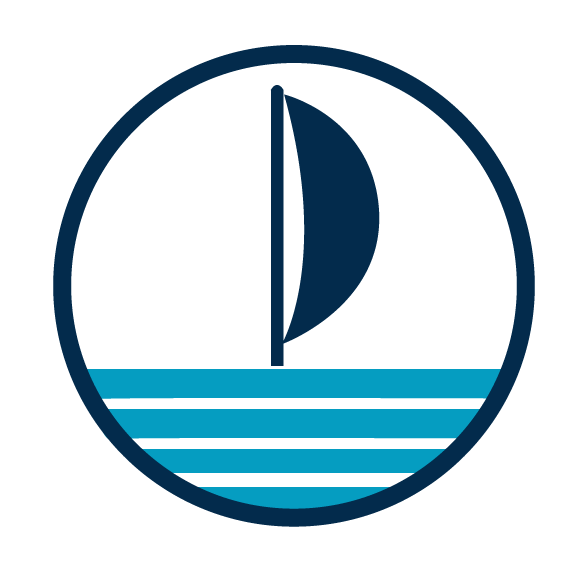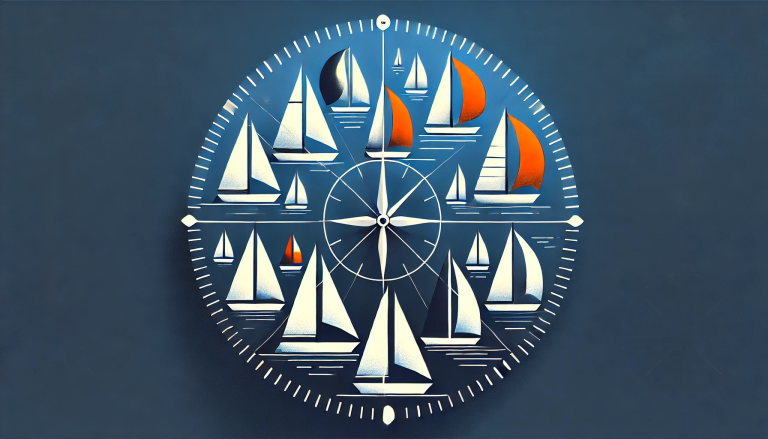Basic Sailing Terms Every Sailor Needs to Know

Sailing is an adventure steeped in tradition. Along with the art of reading the wind and the waves, there’s another challenge that every new sailor faces: the vast and sometimes baffling lexicon of sailing terms handed down to us from generations past.
From “keel” to “knot,” these words aren’t just a quaint throwback to the days of wooden ships and iron men—they’re still very much in use today. And yes, there’s a lot of them. So many, in fact, that it might feel like you’re learning a new language.
But that’s part of the fun, right? After all, nothing screams “I’m a sailor!” like confidently shouting “Prepare to tack!” or casually mentioning that you’re “in irons” (which, ironically, is the last place you want to be).
So grab your life vest and hold on to your halyard, because we’re about to dive into the deep end of sailing terminology. And if you find yourself wondering why we still use all these ancient words, just remember: tradition is tradition, and besides, shouting “gybe ho!” is way cooler than just saying “turn the boat.”
A
Abeam: At a right angle to the centerline of the boat.
Aft: Toward the stern (back) of the boat.
Anchor: A device used to secure a boat to the bottom of a body of water.
B
Batten: A strip of wood or plastic inserted into a sail to keep it flat.
Beam: The widest part of the boat.
Boom: A horizontal pole attached to the bottom of the mainsail, used to control the sail’s angle to the wind.
Bow: The front part of a boat.
C
Capsize: When a boat tips over in the water.
Cleat: A fitting on a boat where a rope is secured.
Cockpit: The area where the helmsman (person steering) sits.
D
Deck: The flat surface on top of the hull where people stand.
Dinghy: A small boat often used as a tender to a larger vessel.
Draft: The depth of water a boat needs to float.
E
Ease: To let out a sail or rope.
Ensign: A national flag flown on a boat.
F
Fender: A cushion placed between the boat and a dock to prevent damage.
Fore: Toward the front (bow) of the boat.
Forward: Anything located toward the bow (front) of the boat.
Furl: To roll up or secure a sail.
G
Genoa: A large jib sail that overlaps the mainsail.
Gybing (Jibing): Changing direction by turning the stern through the wind.
H
Halyard: A rope used to raise or lower a sail.
Heeling: When the boat leans over to one side due to wind pressure on the sails, creating an exhilarating sailing experience.
Helm: The equipment used to steer the boat, typically a wheel or a tiller, which controls the rudder.
Hull: The main body of the boat.
I
In Irons: A situation where the boat is pointed directly into the wind and unable to move forward.
Inboard: Inside the boat or closer to the centerline.
Irons: A situation where the boat is pointed directly into the wind and unable to sail.
J
Jib: A triangular sail set forward of the mainsail.
Jibe (Gybe): A maneuver where the stern of the boat passes through the wind, changing the boat’s direction while sailing downwind.
K
Keel: A large, heavy structure running along the bottom of the boat, providing stability and preventing the boat from capsizing.
Knot: A unit of speed equal to one nautical mile per hour or a method of tying rope.
L
Leeward: The side of the boat that is sheltered from the wind, often the lower side when the boat is heeling.
Line: A rope used in sailing.
M
Mainsail: The primary sail on a sailboat, located just behind the mast, typically large and triangular in shape.
Mast: The vertical pole that supports the sails.
N
Nautical Mile: A unit of distance used in navigation, approximately 1.15 land miles.
Navigation: The process of planning and directing the course of a boat.
O
Offing: The distance from shore where a boat can no longer be seen.
Outhaul: A line used to tension the foot of the mainsail.
P
Point of Sail: The boat’s direction relative to the wind, such as ‘beam reach’ when the wind is perpendicular, or ‘in irons’ when facing directly into the wind.
Port: The left side of the boat when facing forward.
Prow: The forward-most part of a boat’s bow.
Q
Quarter: The side of a boat’s stern.
R
Reef: To reduce the area of a sail to lessen the force of the wind.
Rudder: A flat piece, usually of wood or metal, used to steer the boat.
S
Sheet: A rope used to control the angle of a sail.
Starboard: The right side of the boat when facing forward.
Stern: The rear part of the boat
; anything toward the back is considered “aft.”
T
Tack: A sailing maneuver where the boat turns its bow through the wind; also refers to the current course relative to the wind, such as ‘port tack’ or ‘starboard tack.’
Transom: The flat surface forming the stern of a boat.
U
Underway: When a boat is moving, either by sail or engine power.
V
Vang: A rope or tackle used to prevent a sail from twisting.
W
Wake: The waves created by a boat moving through the water.
Winch: A mechanical device used to pull in or let out a rope.
Windward: The side of the boat facing the wind, typically the higher side when the boat is heeling.
Y
Yaw: When the bow of the boat moves off course due to wind or waves.
Z
Zigzag: A sailing pattern used to make progress against the wind.

